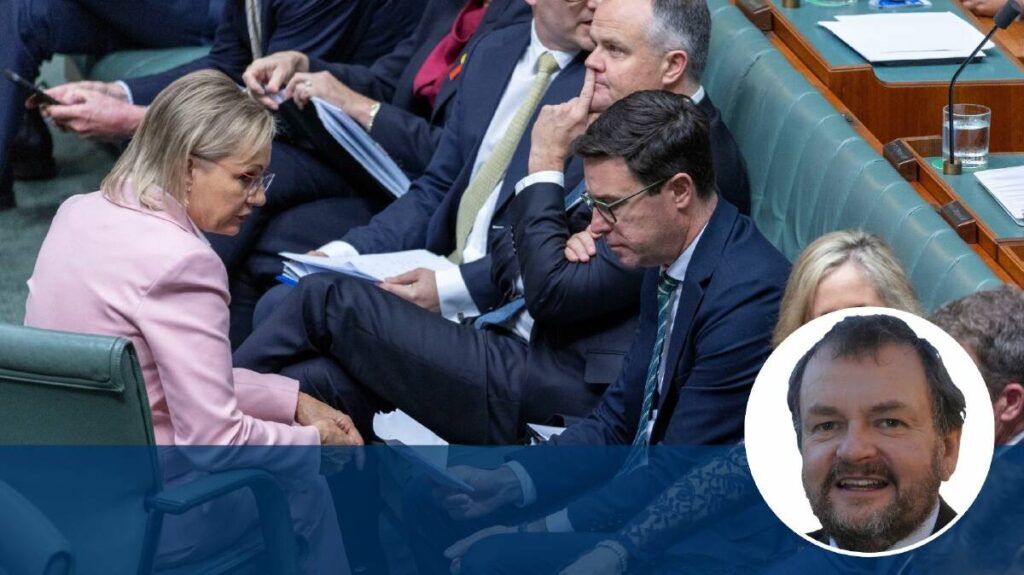
BREAKING: The Liberal Party’s support has plunged to a staggering 24% in recent polls, signaling a crisis that could reshape Australian politics. This urgent update comes as the party grapples with its identity and support base, especially among key demographics like youth and women.
Recent analysis indicates that the Liberal Party is experiencing a profound disconnect with younger voters and women, a trend that could have long-lasting implications. The party’s previous stronghold has eroded, as evidenced by losing 15 seats in the last election, predominantly in suburban areas. This loss reveals a troubling trend for the Liberals, suggesting they may be out of touch with the concerns that matter most to modern voters.
The current political landscape is starkly different from past recoveries. In March 2007, former opposition leader Kevin Rudd labeled climate change as “the great moral challenge of our generation,” a sentiment that resonated with the electorate and led to his election victory. Today, young voters are increasingly aware of environmental issues and demand that political parties take decisive action.
The Liberal Party’s core membership appears increasingly dominated by older, rural men, with a significant portion of its MPs representing conservative views that clash with the progressive values of younger generations. With 58% of the party room made up of Nationals and Queensland Liberal National Party MPs, the Liberals face a formidable internal challenge to adapt to the changing political climate.
As climate change continues to escalate, young voters are not just concerned about moral implications; they view environmental sustainability as a matter of self-interest. They are questioning the sustainability of economic practices that prioritize short-term gains over long-term health for the planet.
Compounding these issues, the Liberal Party’s resistance to gender parity—evidenced by its recent rejection of quotas—has alienated women, a demographic crucial for electoral success. The party’s approach to privatizing essential services, such as aged care and childcare, further distances it from the female electorate, who often bear the burden of caring responsibilities.
With the next parliamentary session looming, the pressure mounts on the Coalition to address these critical issues. The potential for a leadership change, particularly around the future of Sussan Ley, is becoming a hot topic as moderates within the party express frustration over the direction of climate policy.
Experts warn that the current trajectory could lead to a permanent rift within the Liberal Party, as moderates may seek to break away from the hardline stances that have become prevalent. The urgency for change is palpable, as failure to adapt could result in the party’s irrelevance in the eyes of younger voters and women.
The call for net-zero emissions is just the beginning; the real challenge lies in understanding the broader implications of climate action. Many are questioning whether the Liberal Party can rise to this challenge or if they are destined for political extinction.
As political dynamics shift, the Liberal Party must urgently reconsider its strategies and align itself with the values of a changing electorate. The stakes have never been higher, and the response to these pressing issues will determine the party’s future.
Stay tuned as this story develops and the political landscape continues to evolve.






